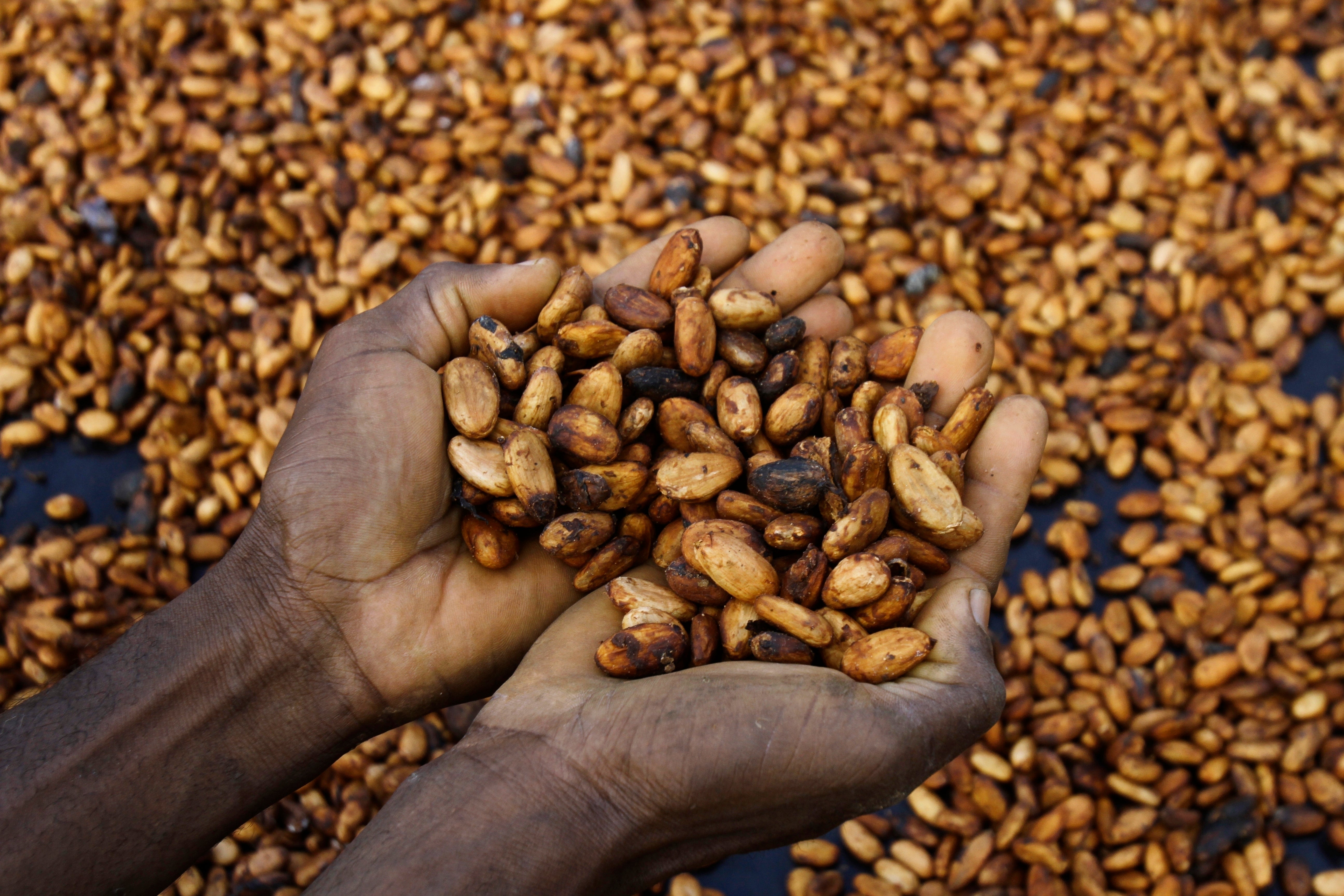The UK is forecast to see the highest rate of inflation of the G7 countries this year, while its economy is expected to stall – spelling trouble for the chancellor, Rachel Reeves, who has made growth her “number one mission”.
The forecast, from the highly influential Organisation for Economic Cooperation and Development (OECD), predicts that next year, the UK’s inflation rate will remain behind that of the US but ahead of the rate in other G7 nations, such as Germany and France.
Both the UK and the US are continuing to see high inflation “by historical standards”, with Britain being hit by high food prices – in particular for beef and dairy products – and a shrinking job market amid rising unemployment, the report says.
As the fallout continues from a worldwide tariff war waged by US president Donald Trump, the OECD notes that global growth has been “resilient” – but that tariffs will hit economies in the coming year, not least that of the US itself.
The report comes as Ms Reeves is preparing November’s Budget, in which she is expected to put up taxes or cut spending in order to adhere to her own fiscal rules.
Meagre growth prospects
Despite Ms Reeves’s ambition for growth, the OECD projects that the economy will only grow at a modest rate and will stagnate even further in 2026.
Growth in 2025 is set to reach 1.4 per cent, a slight uptick from the OECD’s previous projection of 1.3 per cent. But growth next year is forecast at just 1 per cent, below what the chancellor would have hoped.
This is lower than the global growth rate, projected to be 2.9 per cent for 2026, as well as the rate in the United States (1.5 per cent). Other European nations will also struggle with lagging growth.
The report blames the British government’s tighter fiscal stance – including higher taxes and lower government spending – for the slow growth rate in the UK.
In addition, higher trade costs – influenced by Mr Trump’s tariffs – and global uncertainty have played a part in weakening growth around the world, according to the report.
Highest inflation in the G7
Britain’s inflation rate is set to be the highest in the G7 this year, and will average 3.5 per cent according to the report.
Though inflation is set to go down next year to 2.7 per cent, these estimates are 0.4 points higher than the previous forecast – and still above the 2 per cent target.
Earlier this week, Bank of England governor Andrew Bailey warned that the UK “is not out of the woods yet” when it comes to inflation, as interest rates were held at 4 per cent.
Inflation in the UK will be higher than in the US this year, according to the OECD, but will ease up in 2026 as the US rate rises due to tariff pressures.
Household inflation in both the US and the UK will remain “at high levels by historical standards”, the OECD warns, while most other countries will see less of a rise.
Food prices continue to add pressure
The UK has also faced “mounting food-price pressures”, which are contributing to inflation. This comes as global food prices soar in certain areas, in particular the dairy sector.
Food inflation in the UK is the second highest in the G7, at 5.1 per cent, with no signs of slowing. It is behind only that of Japan, where the cost of rice has jumped by nearly 70 per cent in a year. The report also notes that services like restaurants and recreation across the world have seen few signs of a return to pre-pandemic prices.

In the UK, the latest figures from the Office for National Statistics (ONS) show that certain food items are seeing particularly high inflation.
Beef and veal prices have risen by a quarter (24.9 per cent) in the past year, while other animal products like butter and milk are also affected, a result of dwindling cattle stocks and poor farming subsidies.
Coffee and chocolate prices have also both gone up by 15.4 per cent, hit by extreme weather in cocoa-growing countries.
Shrinking job market around the world
The UK is also seeing a declining job market compared with the number of people who are unemployed. There are currently 728,000 job vacancies in the UK, with the number falling consistently since the post-pandemic spike.
Meanwhile, the unemployment rate has been rising, and now stands at 4.7 per cent, with around 1.7 million people unemployed and trying to find work in the UK.
A similar situation is occurring in the US, Germany and Canada, the report says.
The global tariff picture
Overall, global growth is expected to sit at 3.2 per cent this year and to fall slightly to 2.9 per cent in 2026.
But the OECD says that growth around the world was “more resilient” than expected given high tariffs and other pressures.

Meanwhile in the US, goods that have been subject to higher tariff rates are already seeing a drop in purchases, with imports down by 4.9 per cent in the first half of 2025.
Though the full impact of tariffs on countries’ economies remains to be seen, the OECD expects this to affect growth in the coming year – with its impact “increasingly visible in spending choices, labour markets and consumer prices”.







